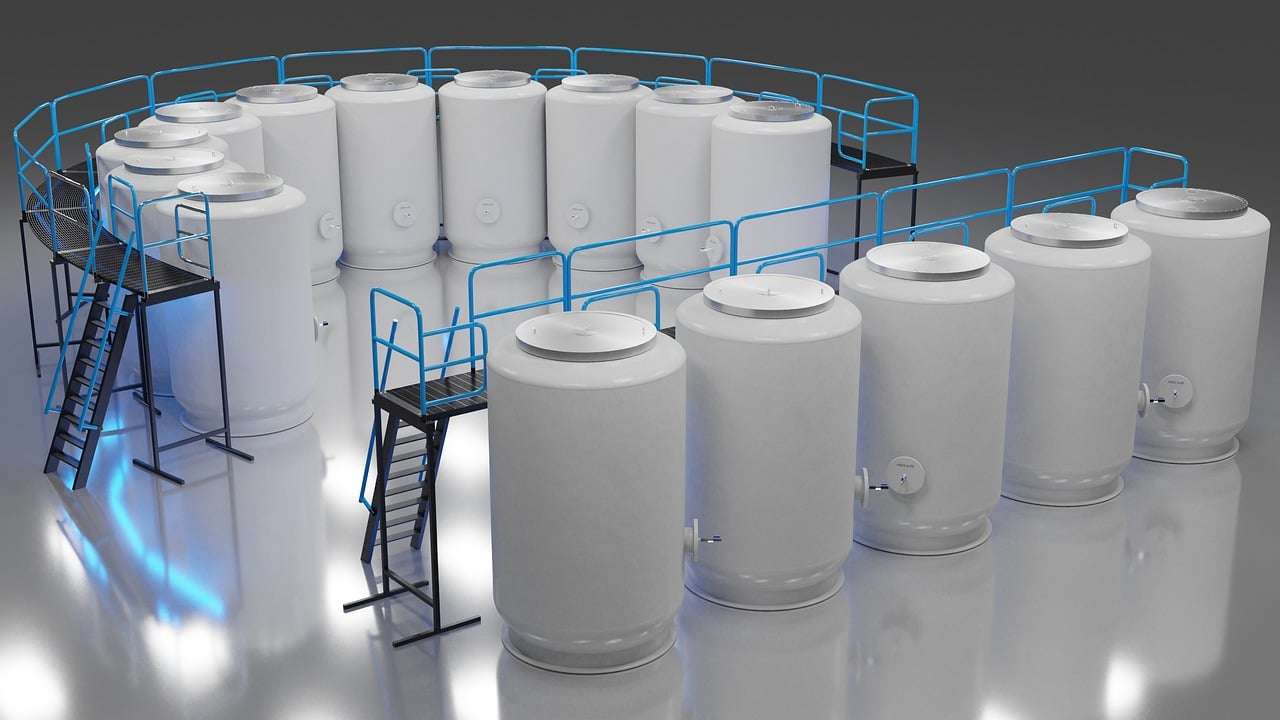January 3, 2024 10:55 am
Cryogenic body preservation, the idea of freezing bodies to revive them in the future, is gaining attention. This process involves cooling a deceased body to extremely low temperatures, hoping that future medical advancements might allow revival and treatment of incurable conditions. This article looks into the science, current technology, and ethical concerns surrounding this controversial practice.
The Science of Cryogenic Preservation:
Cryogenic preservation works by cooling the body to around -196 degrees Celsius (-321 degrees Fahrenheit) using liquid nitrogen. This extreme cold slows down cellular processes, aiming to preserve the body’s structure until potential revival is possible.
Current State of Technology:
As of my last update in January 2022, cryogenic preservation remains experimental. No one has been successfully revived, and the process is mainly used to preserve bodies for future possibilities. Technical challenges must be overcome for it to become a viable medical procedure.
Ethical Considerations:
Debates around cryogenic preservation focus on ethics. Some see it as a lifeline for those with incurable diseases, offering a chance for future treatment. Critics, however, question its scientific validity and worry about giving false hope to grieving families.
One ethical concern is the uncertainty of revival. Critics argue it’s ethically questionable to subject a deceased person to a speculative procedure. Questions about identity, societal integration, and psychological impact add complexity.
Legal and Regulatory Landscape:
Cryogenic preservation exists in a legal gray area. Different countries have different views, with some accepting it as a post-mortem option and others imposing restrictions. The lack of scientific evidence complicates the acceptance of cryogenic preservation by regulatory bodies.
Conclusion:
Cryogenic body preservation is at the crossroads of science and ethics. While some envision a future where the dead can be revived, skeptics emphasize the lack of evidence and ethical concerns. As technology advances, the debate will continue, urging society to grapple with questions about the boundaries of life and death.
Categorised in: Death
This post was written by Nadia Vella

